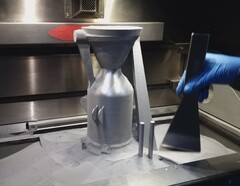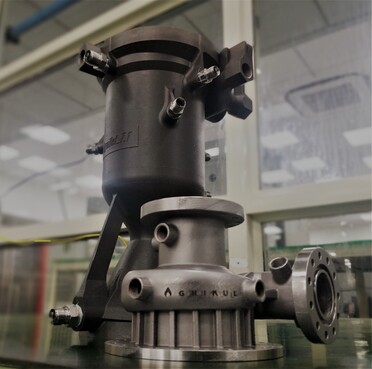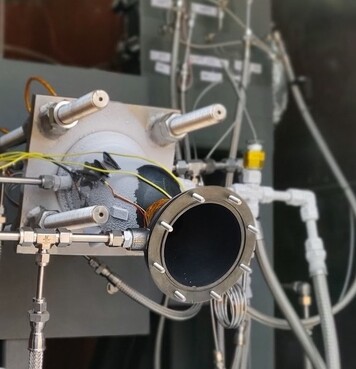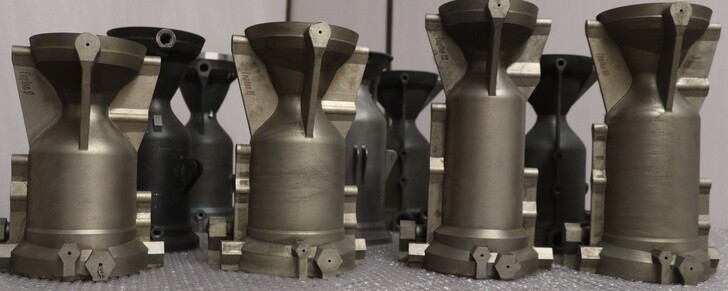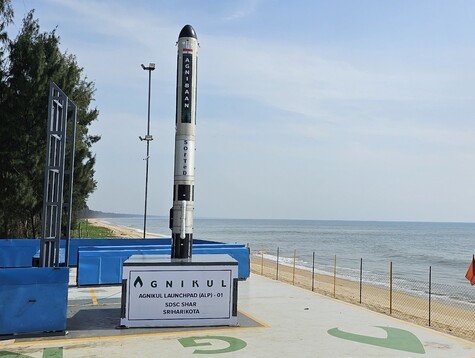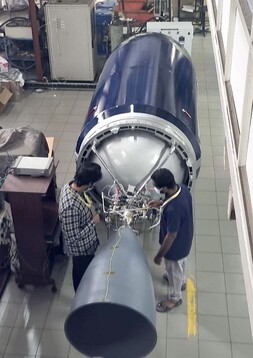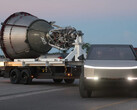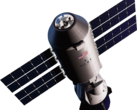As more companies look to launch their small satellites into space, be it for improved location tracking, remote sensing or internet connectivity, the demand for proportionally smaller launch vehicles to take them into orbit has…well, skyrocketed. To cater to this demand – too large for even the bigger players like SpaceX, Virgin Orbit, etc. to meet – new entrants have been stepping up. One such promising newcomer is Indian startup Agnikul, which has just raised US$26.7 million in its series-B round of funding.
What sets Agnikul’s Agnibaan (Sanskrit for ‘arrow of fire’) rocket apart from conventional ones is that it uses a single-piece engine manufactured using selective laser sintering (SLS) 3D printing, thus avoiding complex manufacturing and assembly operations involving thousands of individual components. The innovative zero-assembly engine, for which Agnikul got a patent last year, allows a much faster production timeline – two engines per week can be built at its factory in Chennai, India. Agnikul’s launchpad and mission control centre together form India’s first private launch facility.
The Agnibaan launch vehicle is also highly configurable as per the payload weight. The first stage can be configured with 4 to 7 engines, which means the price-per-kg for payloads in the 30-300 kg range remains the same. The company also claims that payload integration to launch will take a mere 2 weeks. The rocket’s semi-cryogenic engine uses liquid oxygen and kerosene fuel and can reach a 700 km orbit. Currently the company has access to over 10 launch ports, and work is on to launch from a mobile platform, Dhanush.
With this latest round of investment, Agnikul has raised a total of US$40 million. Although it is yet to execute its first commercial launch to orbit, the startup has received some interest from potential launch customers from Europe and Japan, and has signed MOUs with a few.
Buy the LEGO NASA Apollo Saturn V rocket model building kit, or the LEGO Technic NASA Mars Rover Perseverance advanced building kit on Amazon




